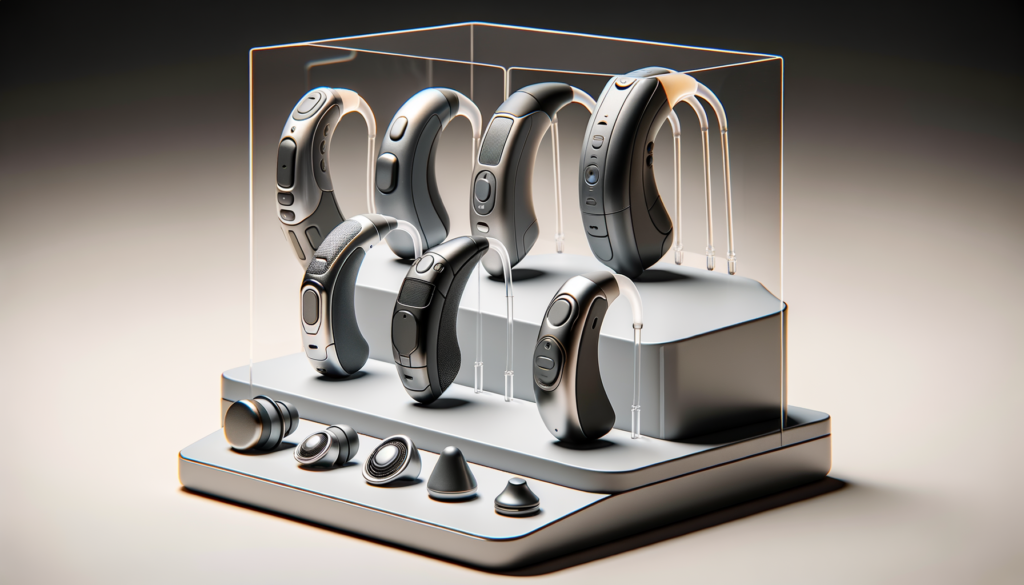The Finance Blog

Affordable Hearing Aids for Seniors
Understanding the Types of Hearing Aids
Hearing aids have evolved significantly, offering a variety of styles tailored to different needs. The most common types include Behind-the-Ear (BTE), In-the-Ear (ITE), and Completely-in-Canal (CIC) devices. BTE hearing aids are known for their durability and are suitable for a wide range of hearing loss levels. They house their components behind the ear, connecting to an earpiece via a thin tube. ITE devices fit directly in the outer ear and are custom-made to match the ear’s shape, making them discreet and comfortable. CIC aids are the smallest, fitting entirely inside the ear canal, making them virtually invisible. Each type has its advantages, and the choice often depends on the user’s lifestyle, the severity of hearing loss, and personal preference.
Modern hearing aids also incorporate advanced technology. For instance, digital hearing aids convert sound waves into digital signals, allowing for more precise sound amplification and filtering. This feature is particularly beneficial in noisy environments where clarity is crucial. Moreover, many devices now offer connectivity options, enabling users to link their hearing aids to smartphones and other devices for a more integrated experience. Understanding these types and features can aid in selecting a hearing aid that not only improves hearing but also enhances the overall quality of life.
Factors to Consider When Choosing Hearing Aids
Choosing the right hearing aid involves considering several factors beyond just the type of device. One of the primary considerations is the degree of hearing loss. Hearing aids are designed to cater to different levels, and an audiologist can help determine the most suitable option based on an individual’s specific needs. Comfort and ease of use are also critical, as users should feel comfortable wearing their devices throughout the day. This involves considering the size, fit, and weight of the device.
Another important factor is the technological features offered. Many modern hearing aids include noise reduction capabilities, directional microphones, and feedback cancellation. These features can significantly enhance the listening experience by providing clearer sound and minimizing unwanted background noise. Additionally, battery life and maintenance are practical considerations. Some devices offer rechargeable batteries, which can be more convenient than regularly replacing disposable ones. Lastly, cost is a significant factor for many, and it’s essential to balance the features and benefits with one’s budget. Exploring insurance coverage and potential financial assistance options can also help make hearing aids more accessible.
The Impact of Hearing Aids on Quality of Life
Hearing aids can have a profound impact on an individual’s quality of life, particularly for seniors. Improved hearing allows for better communication, reducing the frustration and isolation often associated with hearing loss. This can lead to enhanced social interactions and relationships, as individuals feel more confident participating in conversations and group activities. Furthermore, hearing aids can improve mental health by alleviating the cognitive strain of trying to hear and understand speech, which can reduce fatigue and stress.
Studies have shown that addressing hearing loss can also have positive effects on overall health. For example, there is evidence suggesting that untreated hearing loss may be linked to cognitive decline and an increased risk of dementia. By using hearing aids, individuals may reduce these risks and maintain cognitive function. Additionally, improved hearing can enhance safety by making it easier to hear warning signals and alarms, thus preventing accidents. Overall, the benefits of hearing aids extend beyond hearing improvement, contributing to a more fulfilling and independent lifestyle.









